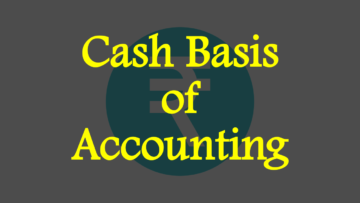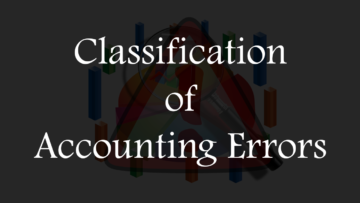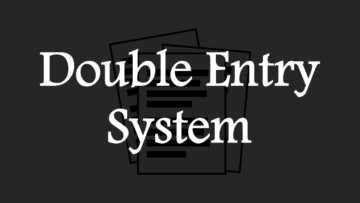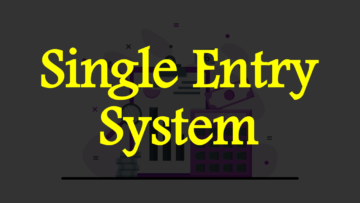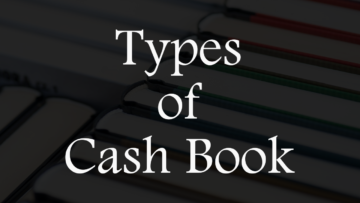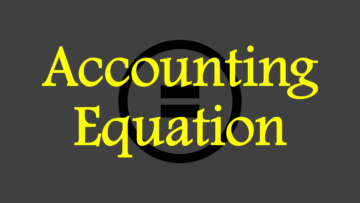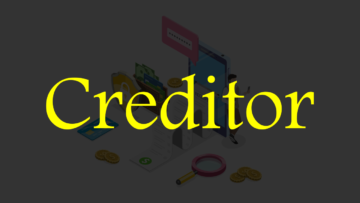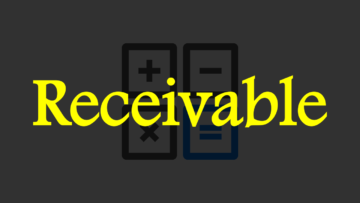Business is done through economic transactions and every transaction is important for the business because every transaction has some value in the business. Receipts are used to systematically carry out business transactions as it is used as evidence of the transaction. With the help of receipt, it is known when and who has done the transaction because it contains the signature of the issuer of the receipt but due to technology it is gradually becoming digital.
For example, when we receive cash from the other party, we issue a receipt against the cash received because without the receipt we and the other party will not have any valid proof of the cash transaction which may lead to problems in future. Similarly, it is used while receiving goods and services, while receiving cheque, while receiving documents.
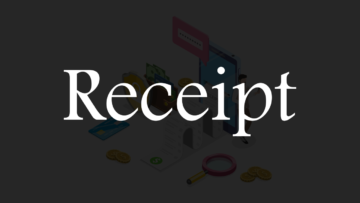
Table of Contents
What is a Receipt?
Meaning of Receipt
Receipt is a document, and it is the primary source of data. It is used to acknowledge that something has been received. When someone receives something, they issue a receipt to the other to verify that we have received something. Receipts are used as evidence because receipts have evidentiary value before the law. The main reason why it has evidentiary value is that it bears the signature of the issuer, which shows that the issuer has agreed (consented) to it.
Normally the receipt mentions the details of the issuer, details of the receipt recipient, signature of the issuer (authorized signature), and other details such as date, amount, reason, etc.
Definition of Receipt
According to own word – “A receipt is a document used to certify the receipt (received) of something.”
Features of Receipt
Following are the features of the receipt:
1. Party:
There are two parties involved in a receipt, one is the issuer and the other is the receiver. The one who issues the receipt is called the issuer and the one who receives the receipt is called the receiver. The issuer issues a receipt only when it receives something because the very meaning of a receipt is to certify that something has been received.
2. Document:
Receipt is a document like other documents, like sales and purchase documents, sales and purchase return documents, cheques, pay-in-slips, etc. It is issued by the recipient of the thing, and it is given to the giver of the thing. It mentions the details of the issuer, details of the receipt recipient, signature of the issuer (authorized signature), and other details like date, amount, reason, etc.
3. Evidential Value:
A receipt has evidentiary value because it is issued when something is received. With its help, it is proved that someone has received something from someone else because it bears the signature of the recipient of the thing. It has evidentiary value only because of the signature of the issuer.
4. Universal:
Receipt is used universally because everyone receives or gives something. For example, when we make a payment at a shop, online platform, hospital, school, coaching institute, etc., we get a receipt, which proves that we have made the payment and that they have received the payment.
5. Continuous:
The receipt is not used just once as it will be used as many times as it is needed while making a transaction. For example, we paid for something, we got a receipt, we paid for something again, we got a receipt again, the main reason why this happens is that what we paid for was successful.
Read Also:
QNA/FAQ
Q1. What is a Receipt?
Ans: Receipt is a document, and it is the primary source of data. It is used to acknowledge that something has been received. When someone receives something, they issue a receipt to the other to verify that we have received something.
Q2. Can the receipt be used as evidence?
Ans: Yes, receipts can be used as evidence because it proves that someone received something from someone.
Q3. How many parties are involved in a receipt?
Ans: There are two parties involved in a receipt, one is the issuer who issues the receipt, and the other is the receiver who receives the receipt.
Q4. Is a receipt a document?
Ans: Yes, receipt is a document like other documents, like sales documents, purchase documents, sales and purchase return documents, cheques, pay-in-slips, etc.
Q5. Write the features of receipt.
Ans: Following are the features of the receipt:
1. Receipt include the party.
2. Receipt is a document.
3. Receipt has evidentiary value.
4. Receipt is a universal process.
5. Receipt is a continuous process.


